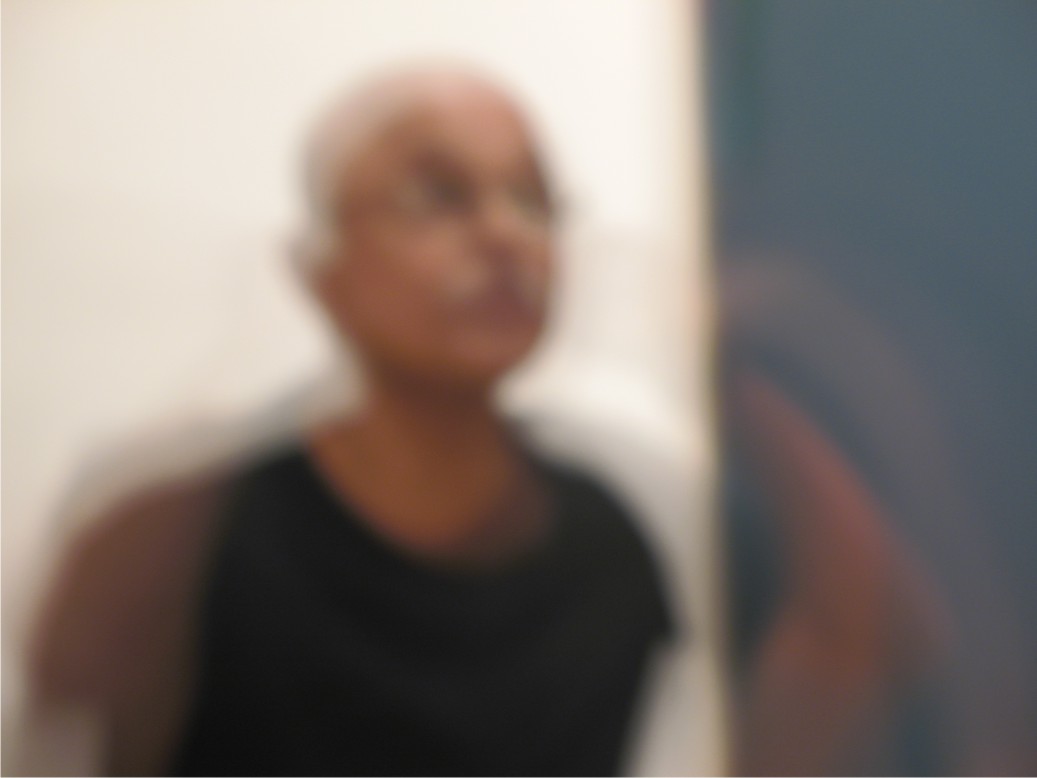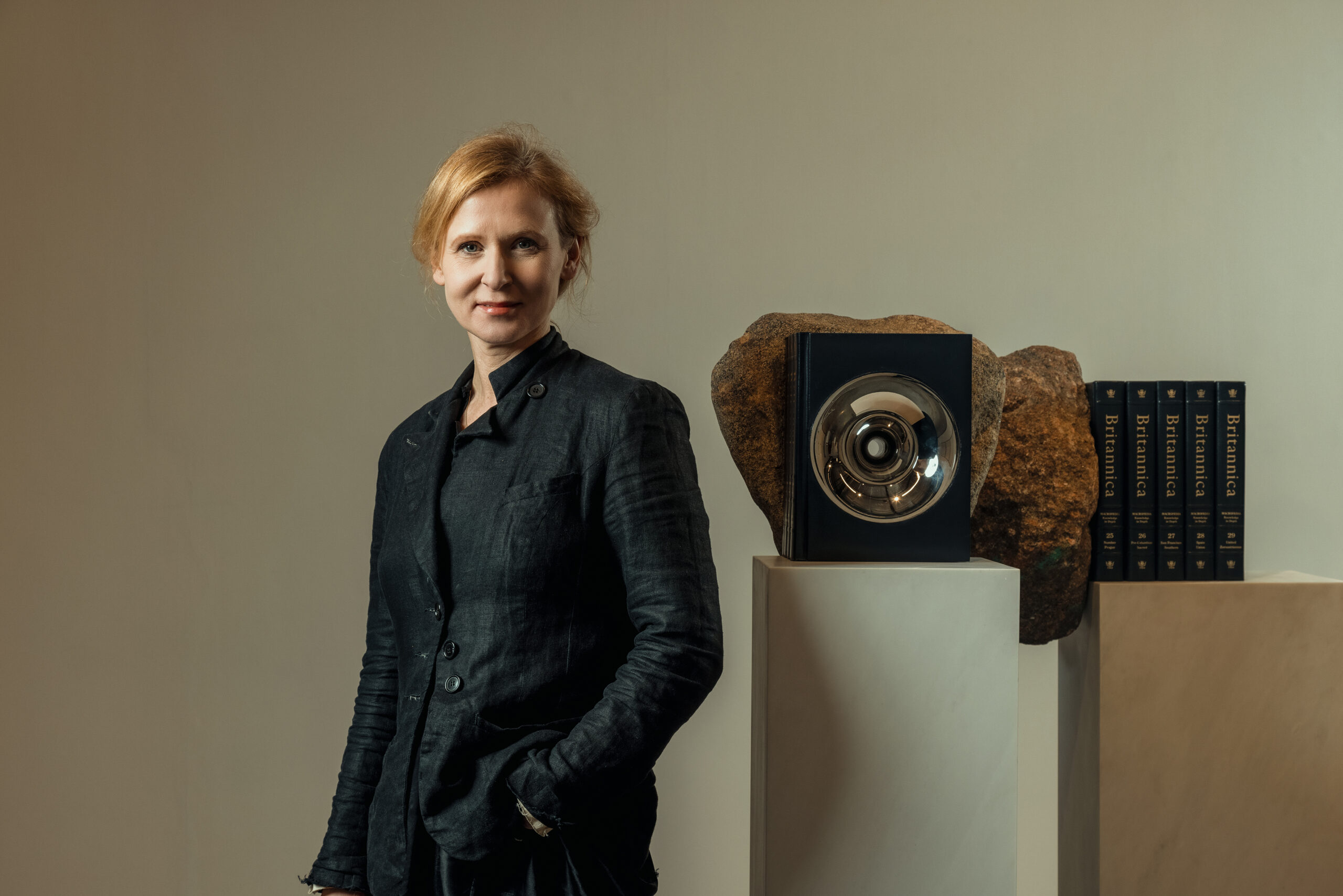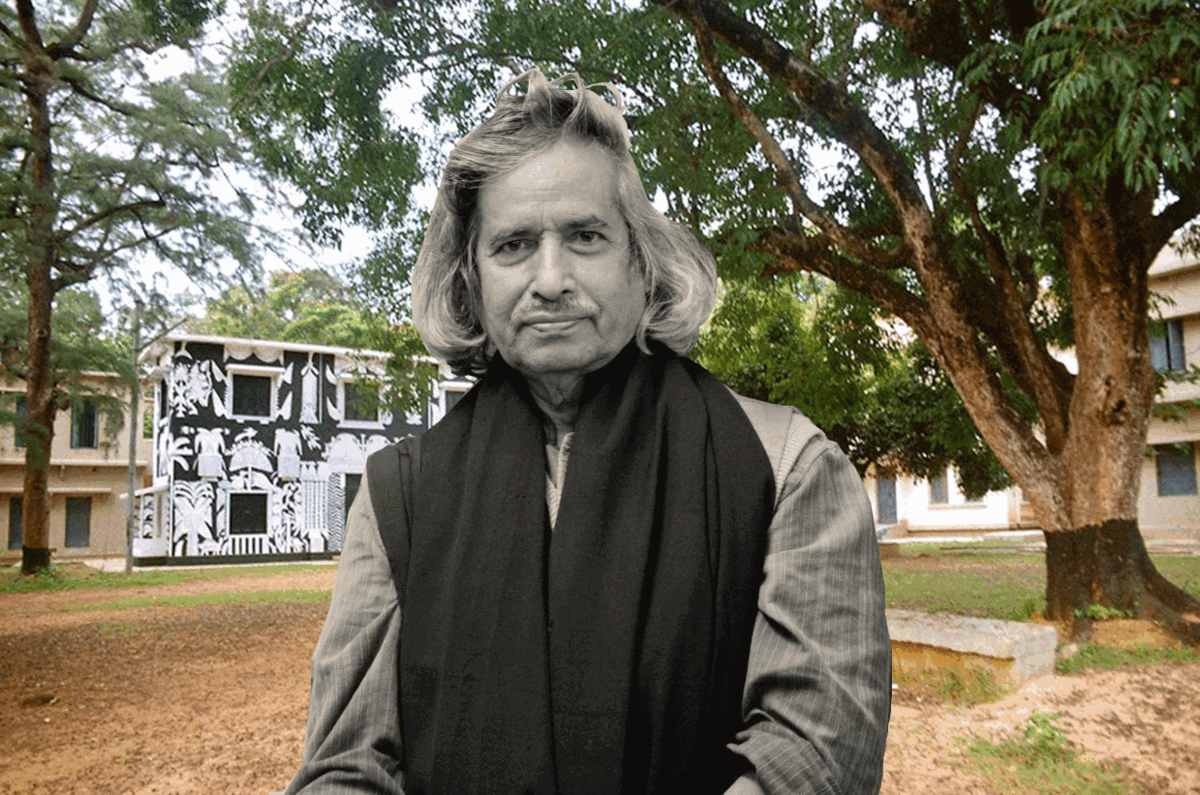Pankaja JK (J.K.) in conversation with Prabhakar Kolte (P.K.)
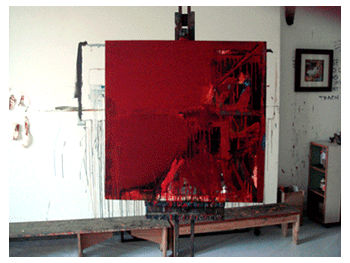
‘Art news & views’ magazine’s initiative to celebrate the 100th anniversary of Wassily Kandinsky’s manifesto ‘Concerning Spiritual in Art’ is a blissful delight. Taking this opportunity I had the pleasure to meet and interview the contemporary Abstract Art artist and icon, Shri. Prabhakar Kolte. He is lovingly known as ‘Kolte Sir’ by artists and his students. Though I have read lot of literature written about him as a maestro of Abstract Art, an excellent teacher and a philanthropist, I had lot of apprehension before starting the interview. To my own surprise, his warm gesture, understanding and patience made me so comfortable that interview turned out to be an informal affair and I got to know more about Art of expression and about Kolte Sir in the session. Here is the excerpt of the interview:
J.K.: Good evening Sir. Sir, ‘Art News n Views’ is celebrating 100th anniversary of Wassily Kandinsky’s ‘Concerning Spiritual in Art’, I would like to know your views about Wassily Kadinsky and what he really meant by ‘Concerning Spiritual in Art’. Did he mean to project spiritualism?
P. K.: It’s a welcoming gesture on part of ‘Art News n views’ to pay respect to this great Abstract Art pioneer by celebrating 100th anniversary of his book. Many people have mistaken the title. It is not about spirituality, but about a dual effect that one has after seeing an abstract painting, one is the physical form and another which is very essence of art and that is the effect of colours that provoke inner resonance or emotional stir and vibrancy of soul. This is the spiritual effect and not the physical state of spirituality. Taking the essence of that which is material and natural and depicting them in subtle way and with the use of colours. His art was a revival in the field of painting. His paintings tap all the sensory organs. It is an amalgamation of light and colours. It is the external light that travels within and multiplies in various colours. His greatness lies in the breaking away from conventional art. He created autonomous status for paintings. Independence from any conventional bonds is Abstract and it is all because of Kandinsky.
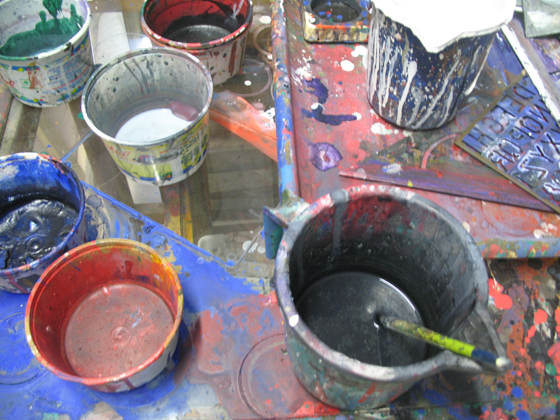
J.K.: What must have prompted Kandinsky to discover this form of Art?
P. K.: Every age and generation have their own reasons to invent and develop new style in every field be it way of living, technology, food, shelter or art. Kandinsky moved away from ‘decorative’ creations to ‘abstraction’. Landscapes and portraits were projected only in the suggestive style because like his fellow countrymen he too was fed up of the political, social and religious turmoil in the society. It was a break away from conventional art and a conscious move towards abstraction. It was not just physical representation of a thing or a figure. The paintings had a language that spoke more than volumes. It was s self realization. This aspect of self realization is very important in Abstract Art otherwise the creation remains just a splash of colours and figures without any expressions.
J.K.: Do you find difference between Indian Abstract Art and foreign counterparts?
P.K.: I find a major difference in both. I feel Western Art gives more importance to the process of making a painting. It moves from the surface to the core of a subject. Indian Abstraction shows a totally opposite nature, where in the movement is from core to the surface of the subject, and interestingly, this surface is not the known surface but it is the consciousness.
J.K.: Sir, abstract art has come a long way from being painted on paper and canvas. It is expressed in installations and with the help of digital techniques. Do you approve this?
P. K.: I am very happy with this progress. It is the sign of growth and development. Of course development is not new thing or a wonder. Right from the time human being started exploring art he has expressed it with the resources that were available at that particular time. From painting on stones, wall paintings, paper, canvas and so on we have reached a stage where the idea can be put in reality within a few minutes with the use of technology. It saves the time and efforts and gives an opportunity to explore more possibilities of enhancing your art. I welcome this change, this advancement. Progress and understanding goes hand in hand. World changes when man change and adopting change is a sign of progress. The precaution should be taken not to fiddle with the basic motive of painting/ art and that is the sublime joy that it imparts to art lover.
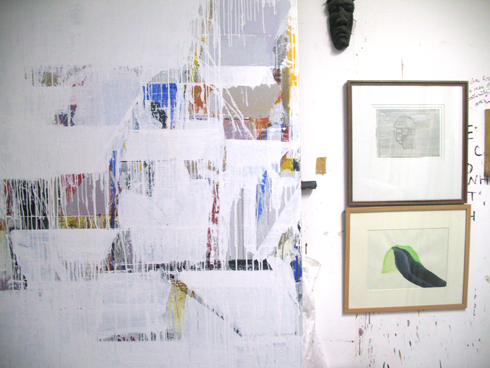
J.K.: Sir, do you think physical global journey is compulsory to develop our knowledge?
P. K.: I would rather say that interaction with your surrounding and people of various cultures provide lot of knowledge and understanding. Physical mobility is a good idea. If you think that you are not getting enough of what you are looking for and sure to find it somewhere else, go for it. Yes you can go and get it, but boosting on your stay at a particular place is a mediocre attitude. Whatever knowledge you gain should speak through your work and not just in your bio data. Your attitude should be that of artistic maturation and not career centered. Your global experiences should be felt through art, being exhibitionist, boosting your stay is too bad. Let people have the curiosity to know from where you acquired the knowledge. Reading, any and every type of literature from any part of the world is as good as physically traveling to the places. It is not your global physical presence that matters; it is you yourself being global in mind and soul which is important.
J.K.: Sir, you have boldly faced hard time and now enjoying good phase of your life. Do you remember any anecdote that you found ironic to your life’s experiences?
P.K.: Yes I do remember this incident which happened after I was established and famous. It was a time when I was not worried about having money to buy canvas or colours; it was a time when I was fully involved in my artistic maturation. A person approached me and offered me a lump sum amount in a brief case. In an ordering tone, of course in lowered tone he commanded me to paint a particular size canvas with something in red. I coldly looked at the person and gently denied the proposal. I had never compromised on my art or never painted according to whims of anybody even when I was badly in need of money for the painting material and this person was trying to ‘buy’ me and my principles. It was totally against my principles and situation, I would say that it was like….“When in need I had not, now I need not”… I shared this experience with my dear friend Ganesh Haloi and we had a hearty laugh at the irony of the situation.
J.K.: Sir, your paintings are unique, I hope you reveal the secret of your art to your fans.
P. K.: It is surely my inner voice that guides me to paint. I observe almost everything that comes in front of me. Some things touch my soul but I do not pose them directly in my painting. I do not believe in observing and then painting, I rather like to first paint and then observe and feel its effect. This gives me immense satisfaction of creation and adjoins significance to my painting. My painting is Something out of Nothing but Not of Something.
J.K.: Sir, Shri. Ganesh Haloi and your friendship is very famous. Can I call you ‘birds of same feathers’?
P. K.: (elated) O Sure! We share same vibes. He (Ganesh) is such a great person. He is a great artist, a philanthropist and one of the best teachers of the world. I have high regards for him. We have been friends since long and still we continue to share our life’s experiences and enjoy every moment of it. Even though we are nestled in different and far away states that has not hampered our friendship at all. There are people like Ganesh who have been my well wishers and I owe them a lot. These include my drawing teacher in school Joshi Sir, Gaytonde whose life and paintings have always inspired me, loving Palshikar sir and a few people who are not at all related to art world and yet proved to be my inspiration throughout life.
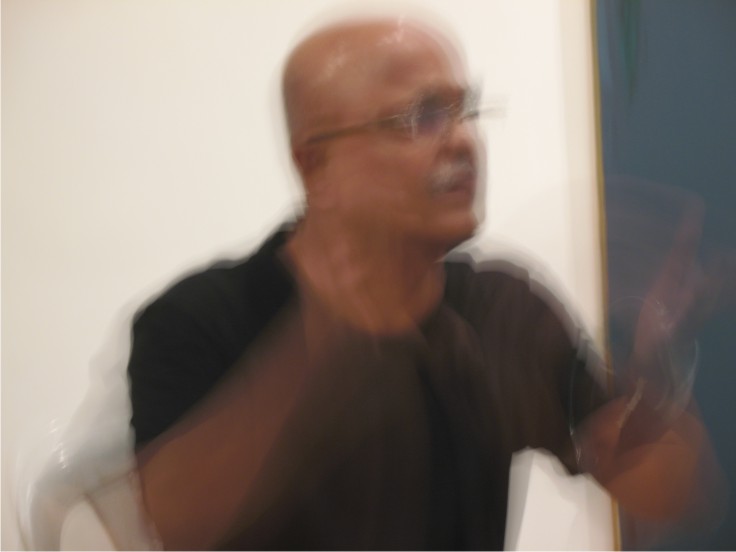
J.K.: You are known as poet- painter. I would like to conclude the interview with your poem that reflects ‘Kolte’.
P. K.: We may be here or not be here, we may be remembered or our memories might be wiped out, why should then its proof be collected? Always hold as many hands, look into others’ eyes passionately. There is variation in language (of hope?) but hope is intoxicating, wherever I stumble only a painting may lie before me. Live and die living behind deep principle, considering that there will never be a second life to do it.
Interview by Pankaja JK -Mumbai 2012

